
With the rapid development of the Internet, modern society has become inseparable from various websites. However, for website developers and operators, a high-performance website is crucial. A responsive website that loads quickly not only provides a better user experience but also improves SEO rankings. This article will introduce five key techniques to help improve website performance.
First of all, compressing web page content is an important part of improving website performance. Most websites contain a large number of front-end resources, such as HTML, CSS, JavaScript and other files. There may be redundant code or useless comments in these files, which can be compressed into a smaller size by using a compression tool, thereby reducing transmission time. In addition, for image resources, you can also use compression algorithms to reduce the size of image files and increase loading speed without affecting user perception.
Secondly, reducing HTTP requests is another key tip to improve website performance. Every time a user requests a web page, the browser sends multiple HTTP requests to the server to obtain the resources required for the web page. Therefore, reducing the number of HTTP requests can significantly improve the loading speed of your website. A common method is to merge multiple files into one, such as merging multiple CSS files into one CSS file, to reduce HTTP requests.
Third, browser caching is also one of the key techniques to improve website performance. When a user visits a webpage for the first time, the browser saves the webpage content in the local cache. The next time the user visits the same web page again, the browser will read the web page content directly from the cache instead of re-downloading it. By properly setting caching policies, you can reduce requests to the server and improve website performance.
Fourth, optimizing database queries is one of the important techniques to improve website performance. Many websites use databases to store and manage data. However, inefficient queries executed inadvertently can often become performance bottlenecks. By optimizing database query statements, adding indexes, and avoiding unnecessary queries, the response speed of the website can be significantly improved.
Finally, using a CDN (Content Delivery Network) is one of the key techniques to improve website performance. A CDN is a group of servers distributed around the world used to cache static resources such as images, style sheets, and script files. When a user requests to access a website, the CDN will obtain resources from the server closest to the user based on the user's geographical location, thereby reducing transmission time and improving the loading speed of the website.
In short, improving website performance is an important task faced by website developers and operators. By compressing web page content, reducing HTTP requests, optimizing database queries, using CDN and other key techniques, the performance and user experience of the website can be significantly improved. In the future, as the Internet continues to develop, we can look forward to more innovative technologies and methods to further improve website performance.
The above is the detailed content of Five key tips for optimizing website performance. For more information, please follow other related articles on the PHP Chinese website!
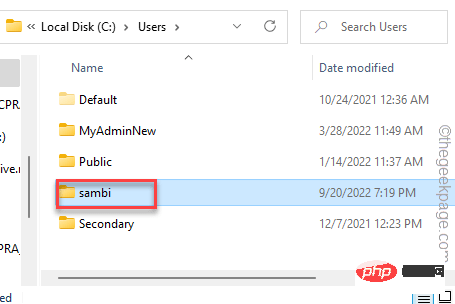 如何修复 Outlook 中缺少的 Microsoft Teams 插件May 11, 2023 am 11:01 AM
如何修复 Outlook 中缺少的 Microsoft Teams 插件May 11, 2023 am 11:01 AM团队在Outlook中有一个非常有用的加载项,当您在使用Outlook2013或更高版本的应用程序时安装以前的应用程序时,它会自动安装。安装这两个应用程序后,只需打开Outlook,您就可以找到预装的加载项。但是,一些用户报告了在Outlook中找不到Team插件的异常情况。修复1–重新注册DLL文件有时需要重新注册特定的Teams加载项dll文件。第1步-找到MICROSOFT.TEAMS.ADDINLOADER.DLL文件1.首先,您必须确保
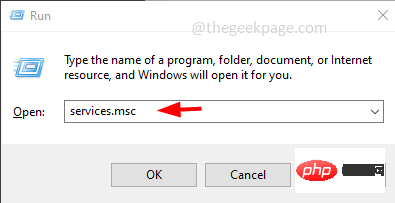 如何在 Windows 10 中清除地址解析协议 (ARP) 缓存Apr 13, 2023 pm 07:43 PM
如何在 Windows 10 中清除地址解析协议 (ARP) 缓存Apr 13, 2023 pm 07:43 PM地址解析协议 (ARP) 用于将 MAC 地址映射到 IP 地址。网络上的所有主机都有自己的 IP 地址,但网络接口卡 (NIC) 将有 MAC 地址而不是 IP 地址。ARP 是用于将 IP 地址与 MAC 地址相关联的协议。所有这些条目都被收集并放置在 ARP 缓存中。映射的地址存储在缓存中,它们通常不会造成任何损害。但是,如果条目不正确或 ARP 缓存损坏,则会出现连接问题、加载问题或错误。因此,您需要清除 ARP 缓存并修复错误。在本文中,我们将研究如何清除 ARP 缓存的不同方法。方法
 如何在Mac上清除图标缓存?Apr 22, 2023 pm 07:49 PM
如何在Mac上清除图标缓存?Apr 22, 2023 pm 07:49 PM如何在Mac上清除和重置图标缓存警告:因为您将使用终端和rm命令,所以在继续执行任何操作之前,最好使用TimeMachine或您选择的备份方法备份您的Mac。输入错误的命令可能会导致永久性数据丢失,因此请务必使用准确的语法。如果您对命令行不满意,最好完全避免这种情况。启动终端并输入以下命令并按回车键:sudorm-rfv/Library/Caches/com.apple.iconservices.store接下来,输入以下命令并按回车键:sudofind/private/var
 0x80070246 Windows更新错误:6修复方法May 20, 2023 pm 06:28 PM
0x80070246 Windows更新错误:6修复方法May 20, 2023 pm 06:28 PM根据几位Windows10和Windows11用户的说法,他们在尝试安装Windows更新时遇到了错误0x80070246。此错误阻止他们升级PC并享受最新功能。值得庆幸的是,在本指南中,我们列出了一些最佳解决方案,可帮助您解决Windows0PC上80070246x11的Windows更新安装错误。我们还将首先讨论可能引发问题的原因。让我们直接进入它。为什么我会收到Windows更新安装错误0x80070246?您可能有多种原因导致您在PC上收到Windows11安装错误0x80070246。
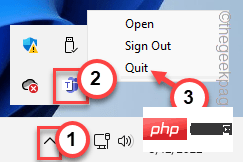 如何修复 Microsoft Teams 错误代码 caa70004 问题Apr 14, 2023 am 09:25 AM
如何修复 Microsoft Teams 错误代码 caa70004 问题Apr 14, 2023 am 09:25 AM尝试在其设备上启动 Microsoft Teams 桌面客户端的用户在空白应用页面中报告了错误代码 caa70004。错误代码说:“我们很抱歉——我们遇到了问题。”以及重新启动 Microsoft Teams 以解决问题的选项。您可以尝试实施许多解决方案并再次加入会议。解决方法——1. 您应该尝试的第一件事是重新启动 Teams 应用程序。只需在错误页面上点击“重新启动”即可。
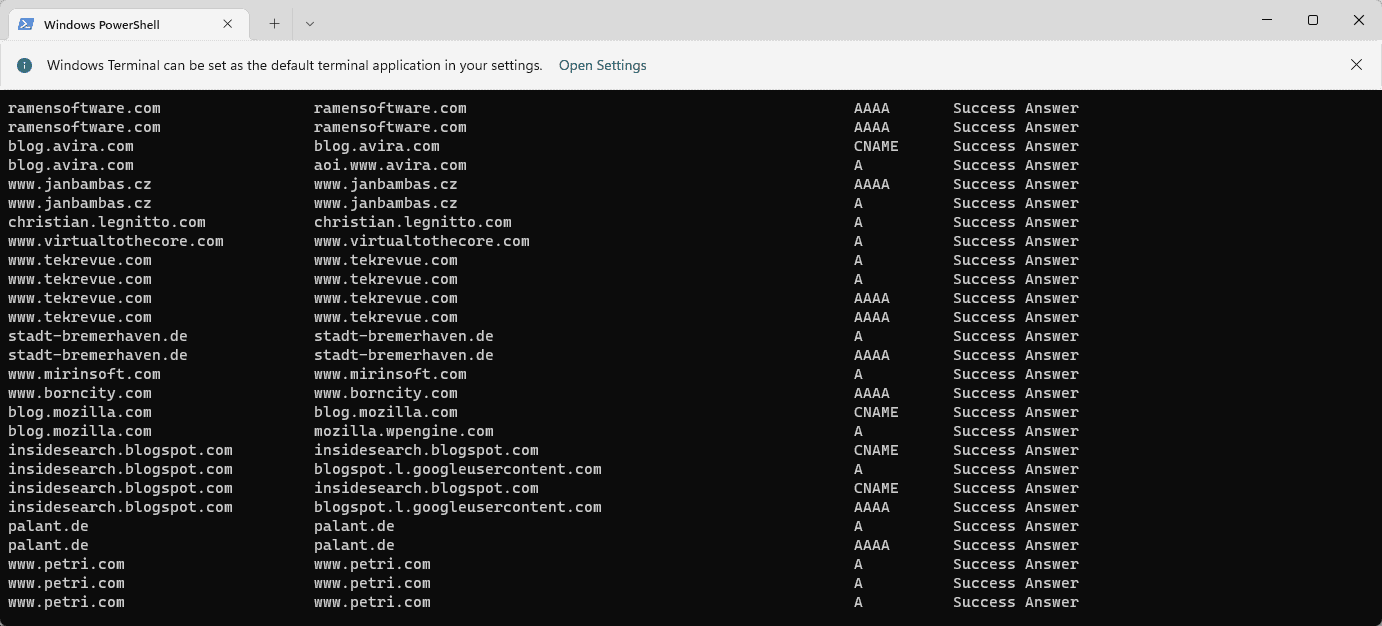 如何在 Windows 11上显示所有缓存的 DNS 条目May 21, 2023 pm 01:01 PM
如何在 Windows 11上显示所有缓存的 DNS 条目May 21, 2023 pm 01:01 PMWindows操作系统使用缓存来存储DNS条目。DNS(域名系统)是用于通信的互联网核心技术。特别是用于查找域名的IP地址。当用户在浏览器中键入域名时,加载站点时执行的首要任务之一是查找其IP地址。该过程需要访问DNS服务器。通常,互联网服务提供商的DNS服务器会自动使用,但管理员可能会切换到其他DNS服务器,因为这些服务器可能更快或提供更好的隐私。如果DNS用于阻止对某些站点的访问,则切换DNS提供商也可能有助于绕过Internet审查。Windows使用DNS解
 Vue中如何处理图片的缓存和预加载?Aug 25, 2023 pm 04:21 PM
Vue中如何处理图片的缓存和预加载?Aug 25, 2023 pm 04:21 PMVue中如何处理图片的缓存和预加载?在开发Vue项目时,我们经常需要处理图片的缓存和预加载,以提高网站性能和用户体验。本文将介绍一些Vue中处理图片缓存和预加载的方法,并给出相应的代码示例。一、图片缓存使用图片懒加载(LazyLoading)图片懒加载是一种延迟加载图片的技术,即在页面滚动到图片所在位置时才加载图片。这可以减少首次加载页面时对图片资源的请求
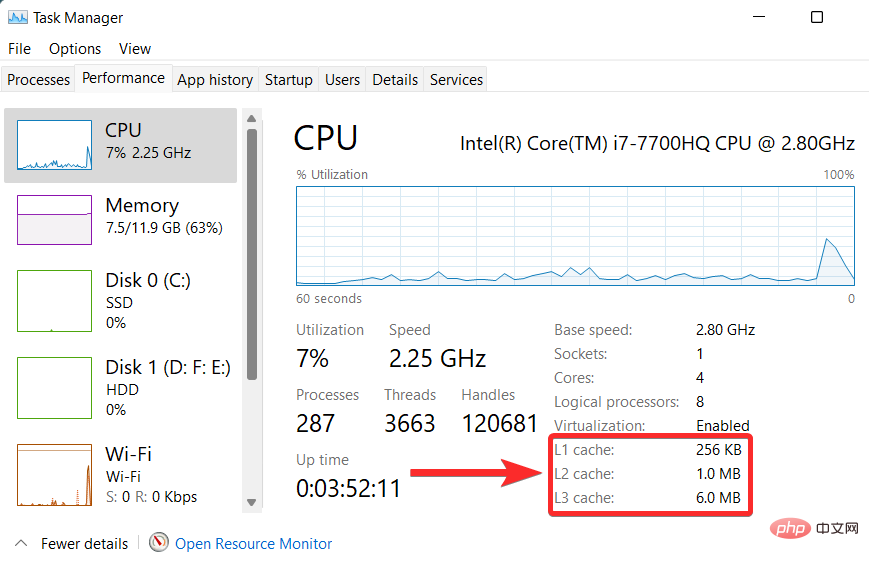 如何在 Windows 11 上清理缓存:详细的带图片教程Apr 24, 2023 pm 09:37 PM
如何在 Windows 11 上清理缓存:详细的带图片教程Apr 24, 2023 pm 09:37 PM什么是缓存?缓存(发音为ka·shay)是一种专门的高速硬件或软件组件,用于存储经常请求的数据和指令,这些数据和指令又可用于更快地加载网站、应用程序、服务和系统的其他部分。缓存使最常访问的数据随时可用。缓存文件与缓存内存不同。缓存文件是指经常需要的文件,如PNG、图标、徽标、着色器等,多个程序可能需要这些文件。这些文件存储在您的物理驱动器空间中,通常是隐藏的。另一方面,高速缓存内存是一种比主内存和/或RAM更快的内存类型。它极大地减少了数据访问时间,因为与RAM相比,它更靠近CPU并且速度


Hot AI Tools

Undresser.AI Undress
AI-powered app for creating realistic nude photos

AI Clothes Remover
Online AI tool for removing clothes from photos.

Undress AI Tool
Undress images for free

Clothoff.io
AI clothes remover

AI Hentai Generator
Generate AI Hentai for free.

Hot Article

Hot Tools

Safe Exam Browser
Safe Exam Browser is a secure browser environment for taking online exams securely. This software turns any computer into a secure workstation. It controls access to any utility and prevents students from using unauthorized resources.

PhpStorm Mac version
The latest (2018.2.1) professional PHP integrated development tool

ZendStudio 13.5.1 Mac
Powerful PHP integrated development environment

SublimeText3 Linux new version
SublimeText3 Linux latest version

Notepad++7.3.1
Easy-to-use and free code editor






